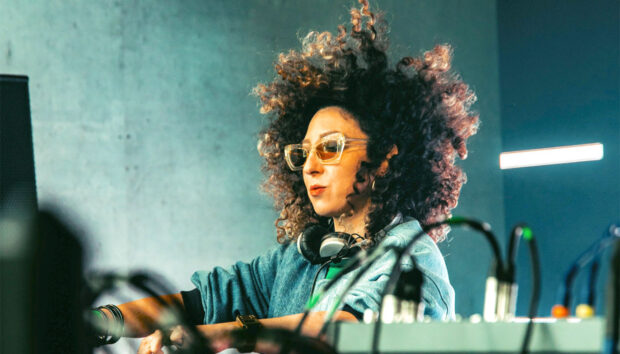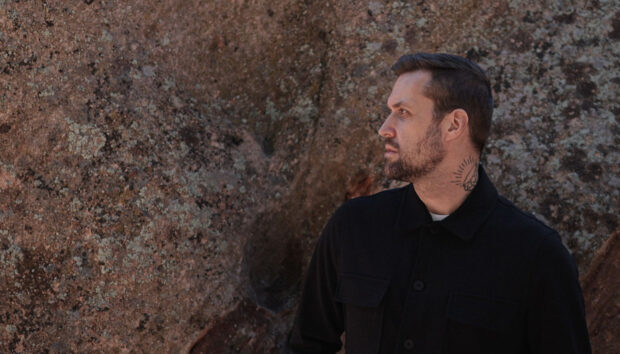
Specialising in afrobeat, dancehall, and UK funky, London-based DJ and producer Mina is a surefire rising talent within the globalized, dancefloor-driven community. With a couple of EPs on Enchufada, and having collaborated with a whole plethora of artists from across the world, Mina has established a unique take on carnivalesque dance music. To find more out about her music making process, Native Instruments spoke to Mina about her approach to music basslines, using sound libraries, and more.
When did you start making music?
I started making music in my final year of university in 2014. I was playing a lot of dancehall and afrobeats in my sets, and wanted to play tracks that I could DJ with. I know that I wanted to create a sound that was a fusion of all my influences but that sounded a bit different to everything else.
How did you get into making music?
My friend and housemate gave me a few lessons, and I watched a lot of YouTube tutorials online too.
When you start making music, is there a specific sound you want to achieve?
Yeah, usually I’ll hear a vibe in another song, a drum pattern, a chord progression or synth sound and think that sounds sick and that I would love to try and emulate that. Or I will write for a specific vocalist or rapper and have them in mind. I’ll sometimes write a song for the club or something more slower, and melodic.
How important are presets to your workflow? Do you usually start with one?
Yep I use presets a lot because I like having a Mina sound that is easily identifiable. I usually start with drums rather than patches.
With ‘Sentah’ for instance, how did you start the track?
I started by creating a drum loop that you can hear in the intro for the first 18 seconds. I did that in Gafacci’s studio [JOWAA] in Accra, so he had some input into the loop too. Then I wrote the marimba line, and then built the structure and bassline.
How did you go about programming the percussion?
I play in sequences using a MIDI keyboard, but then I spend a lot of time in the piano roll on Logic, adjusting and moving stuff around. I’m not that good at manually doing percussion and intricate rhythms.
What sound libraries if any did you use – and why?
The library that comes with Logic is actually really good, I use the African kit a lot; the steel pans, brass, strings and marimba too. Outside of that I use the Kontakt library, including the West Africa Series, Jus Now’s Laventille Rhythm Section, and the factory library. The samples sound really authentic and natural.
How did you approach the bassline in ‘Sentah’?
I’ve always struggled with basslines because the best ones are deceptively simple. But when you do a simple bassline I always think that “maybe it’s too simple” and then try to make it more complicated. With this one I used a synth sound inspired by Champion’s ‘Bad Girl.’ It came pretty easy once I had the marimba melody in place. It’s basically just an arpeggio, then I messed around with the rhythm to make it more funky and bouncy.
How important is your production environment?
It’s definitely good to have a nice studio with big windows and no distractions, but I can also just as easily work on a plane or train.
Which aspect of production is most challenging for you, and which do you enjoy the most?
Mixdowns, especially vocal mixdowns can be really hard. I enjoy collaborating the most, working with other producers or vocalists and combining skills.
How about your approach to recording online mixes?
I make a playlist on iTunes with tracks I wanna include, then I analyze the BPM in Traktor and put them in order, usually from low to high. Then I work out blends in Traktor and put them into order in another playlist and record the mix.















